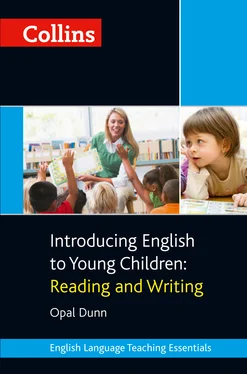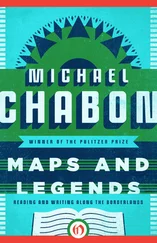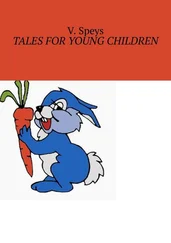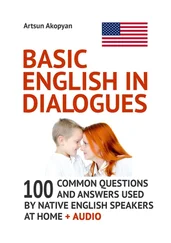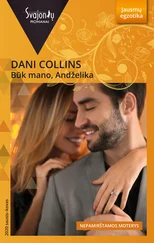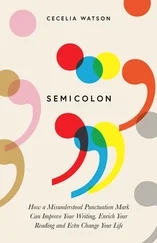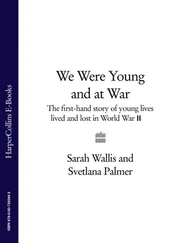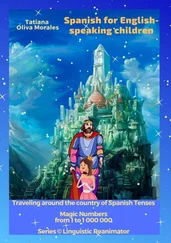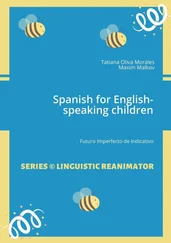10.5 Assessing
11 Enjoying reading and writing creatively
11.1 Attitudes to creative writing and reading
11.2 Starting from the child’s ideas
11.3 Modelling and scaffolding
11.4 Types of books children can make
11.5 Towards fluent reading
Final thoughts
List of terminology
References and further reading
Appendix
Searchable Terms
About the Publisher
Award-winning author Opal Dunn has many years of experience in teaching children aged up to 8 years, and has trained teachers all over the world. She has also authored picture books for nursery and young primary children, organised Bunko (mini-libraries) for bilingual, multilingual and double children (children growing up with two languages and two cultures) and has written information books and articles for parents. Opal is the co-founder of IATEFL YLT SIG (Young Learners & Teenagers Special Interest Group of the International Association of Teachers of English as a Foreign Language).
In the evolution of man spoken language preceded written language .
(Anon)
Introducing English to Young Children: Reading and Writing gives guidance for the transition period from pre-school English experiences to the more formal first years of written literacy in lower-primary education, up to the age of 8 or 9.
At this lower-primary age there are noticeable holistic and developmental changes, not only physical, but in attitude. Children start to feel they are more grown up. They want to be independent doers and learners. They are beginning to be aware of themselves and what they can do, and how, with effort, they can achieve and make progress. They need help to progress and to develop their own autonomy and we, as teachers, need to tune in to them and listen to their needs if they are to mature holistically and feel good.
For the child, English is still not a school subject; it’s another way of communicating and talking within the class, school and beyond. Young children continue to pick up English in the same way as they learned their first language (L1), if the adult helping inserts the Playful Approach to motivate them. However, language content and enabling activities, although more advanced, are still linked to self-discovery.
The teacher’s role remains important, as the teacher is still the main source of new input of English. However, teacher-talk has broadened to introduce a wider vocabulary through mediating and modelling situations. Direct teaching is now included in quick, focused tutor-talks that give explanations about language. Young children need help to develop their self-learning strategies if they are to become independent learners.
Young readers, who have developed their own multi-strategies to read, spell and write in L1, are impatient to do the same in English. Since they already understand the mechanics of reading, there is no need to teach them in the same way as non-reader English children. Readers only need help to find out how to transfer and reuse their existing reading strategies to read a new content. Once introduced to a multi-strategy approach to decoding English that they can speak, these children teach themselves to read. They have no need to start, like English-speaking non-readers, from the very beginning of the Synthetic Phonics Method.
Learning language continues to depend on the triangle (consisting of child, teacher and parent) for interactive support and motivation. Suggestions are made for how to involve parents’ innate language-teaching skills in the home to consolidate children’s learning. The window of opportunity to help children absorb English with enthusiasm is limited. By the age of 10, with the onset of puberty and the influence of peer-group pressures, their learning environment changes.
This book is about helping children acquire a good grounding in the basics of reading and writing English – and enjoying it. The many explanations and practical suggestions can be used to support a textbook or a teacher planning a school programme. What I have written is what I have observed, experienced and enjoyed with young children.
There is no substitute for caring human interaction and adult help for learning at this stage. However, as teachers we have to be aware of the increasing appeal of screens. To keep children’s interest, we need to fire up and then stoke children’s curiosity about the world in which they will need English.
Help me to do it myself .
(Montessori)

List of figures
Figure 1A class framework
Figure 2A suggested Hidden Syllabus
Figure 3Recognising whole words
Figure 4High-frequency words
Figure 5Classroom labels
Figure 6Writing a rhyme with cards
Figure 7Little books
Figure 8Storyboard for a mini-book
Figure 9 The 37 rimes which make up nearly 500 words
Figure 1037 Basic phonograms
Figure 11A class newsletter
Figure 12Letter Faces
Figure 13Handwriting positions for right- and left-handers
Figure 14Ball and stick handwriting method (not encouraged)
Figure 15Chinese Characters
Figure 16Writing on tracks
Figure 17Structured programme for introducing small letters in simple print style
Figure 18Structured programme for introducing capital letters
Figure 19A child’s signature
Figure 20A note to parents
Figure 21A writing pattern
Figure 22Writing patterns for young non-readers
Figure 23A spelling sheet
Figure 24My map
Figure 25A class exhibition poster
Figure 26A storyboard
1
Acquiring language – The Playful Approach
1.1 Absorbing another language
1.2 Transitions
1.3 Play as a form of learning
1.4 The Playful Approach
1.5 Free-choice time
1.1 Absorbing another language
A young child’s ability to absorb language unconsciously, and seemingly effortlessly, is quite remarkable. It is even more astounding that the same young child, if given the right opportunities, can absorb two or three languages at more or less the same time, and use them with his or her different co-speakers correctly.
When I was 3 years old, I spoke three different languages to three different people. I am told I never mixed up the speakers. I just talked, but I didn’t know I was speaking different languages until I was much older and my family told me. I can still speak these languages .
(Japanese lady, aged 45)
Young children, if circumstances are right for them, are innate, unconscious language learners. They are conscious of learning about the content of an activity, but not the language (or languages) they are using. At 5 or 6 years old they may tell you how many languages they speak and give examples, but they are not conscious of actually learning them in the way an adult is.
Children refine their language-learning strategies as they mature, depending on the type and quality of language support within their experiences. They then have the ability to reuse their language-learning strategies unconsciously, if motivated to learn another language – such as English. Most do this with confidence if they are shepherded by adults to take part in enabling activities, and are exposed to a similar quality of language support to that of their L1 acquisition.
Читать дальше
